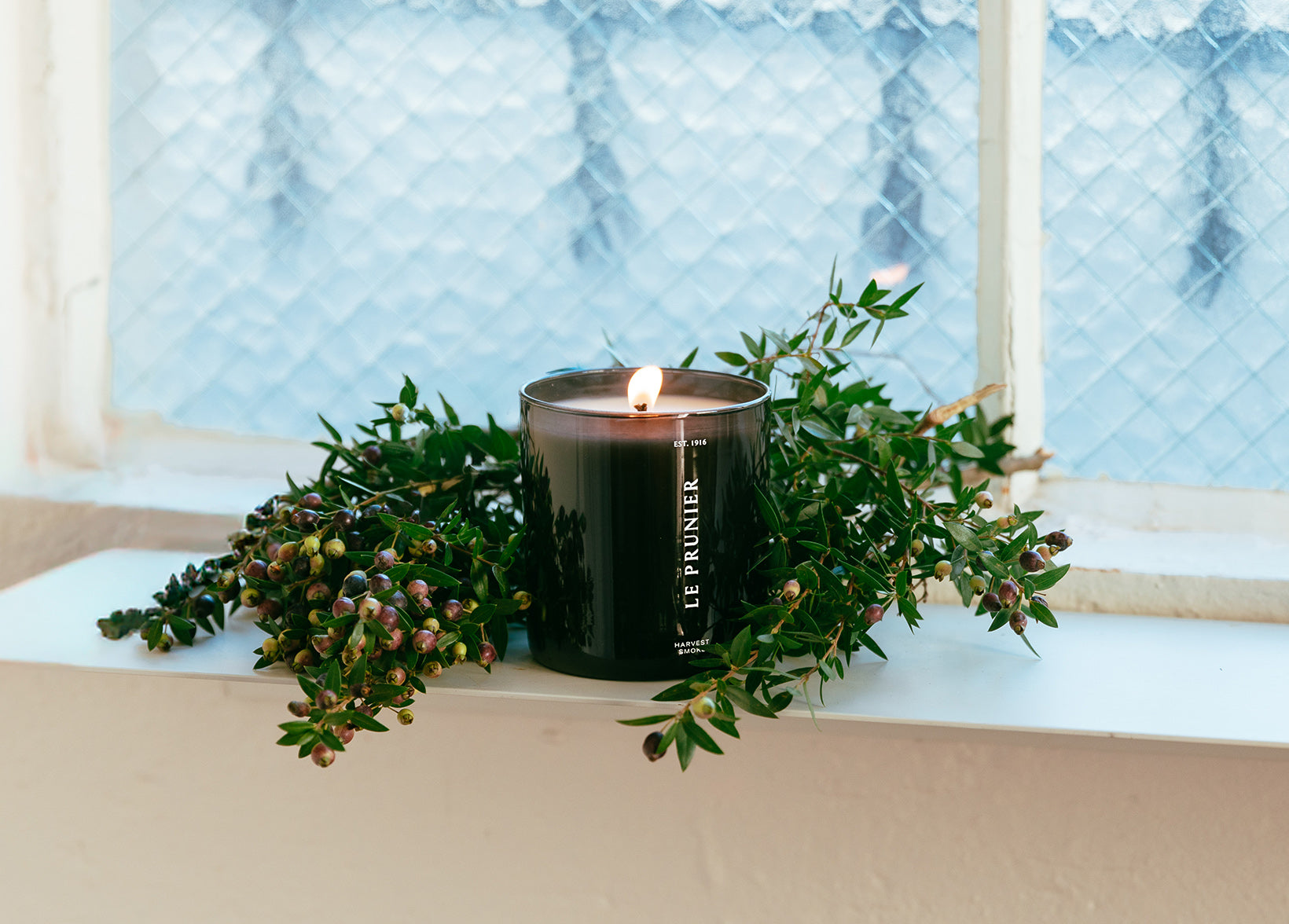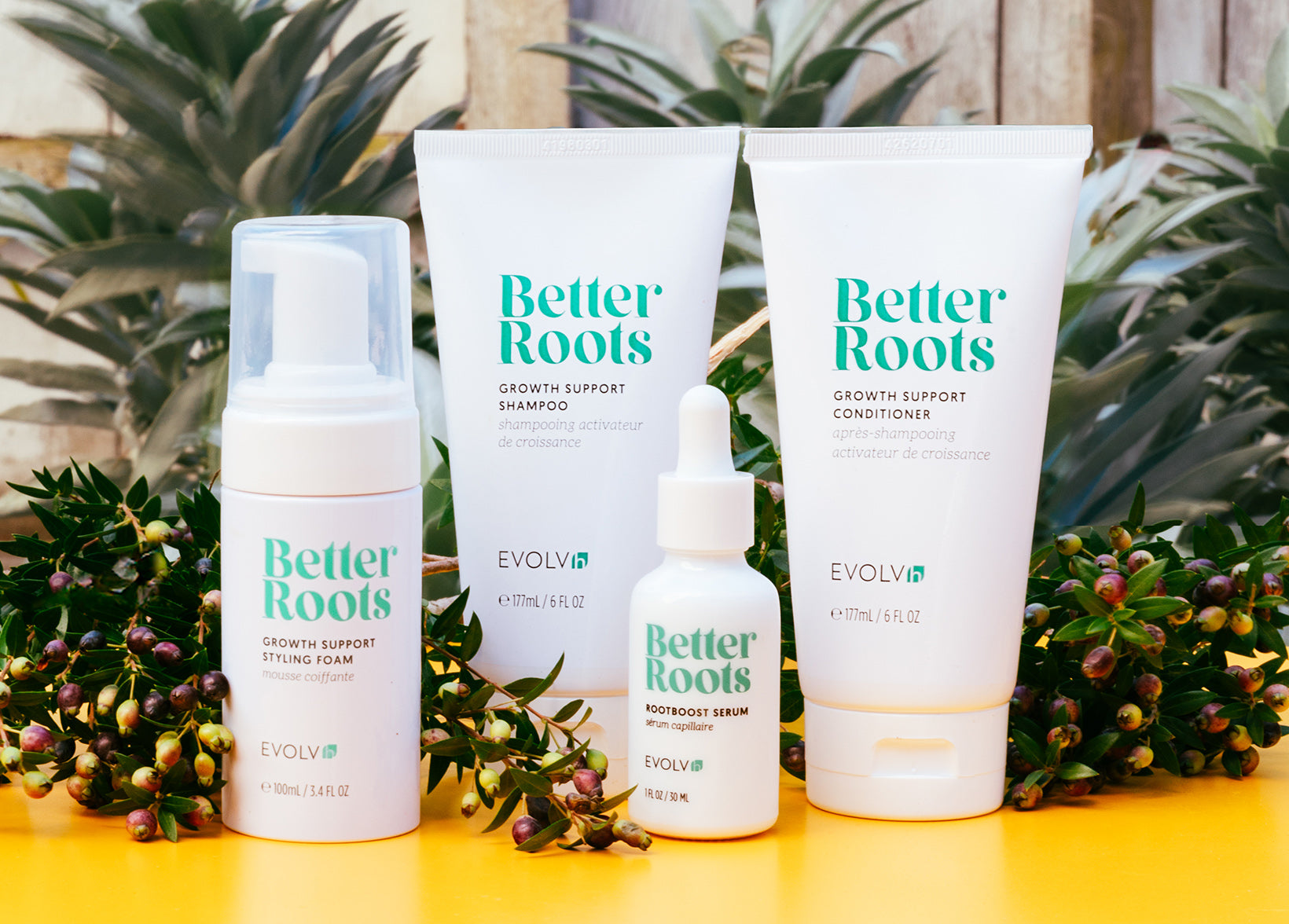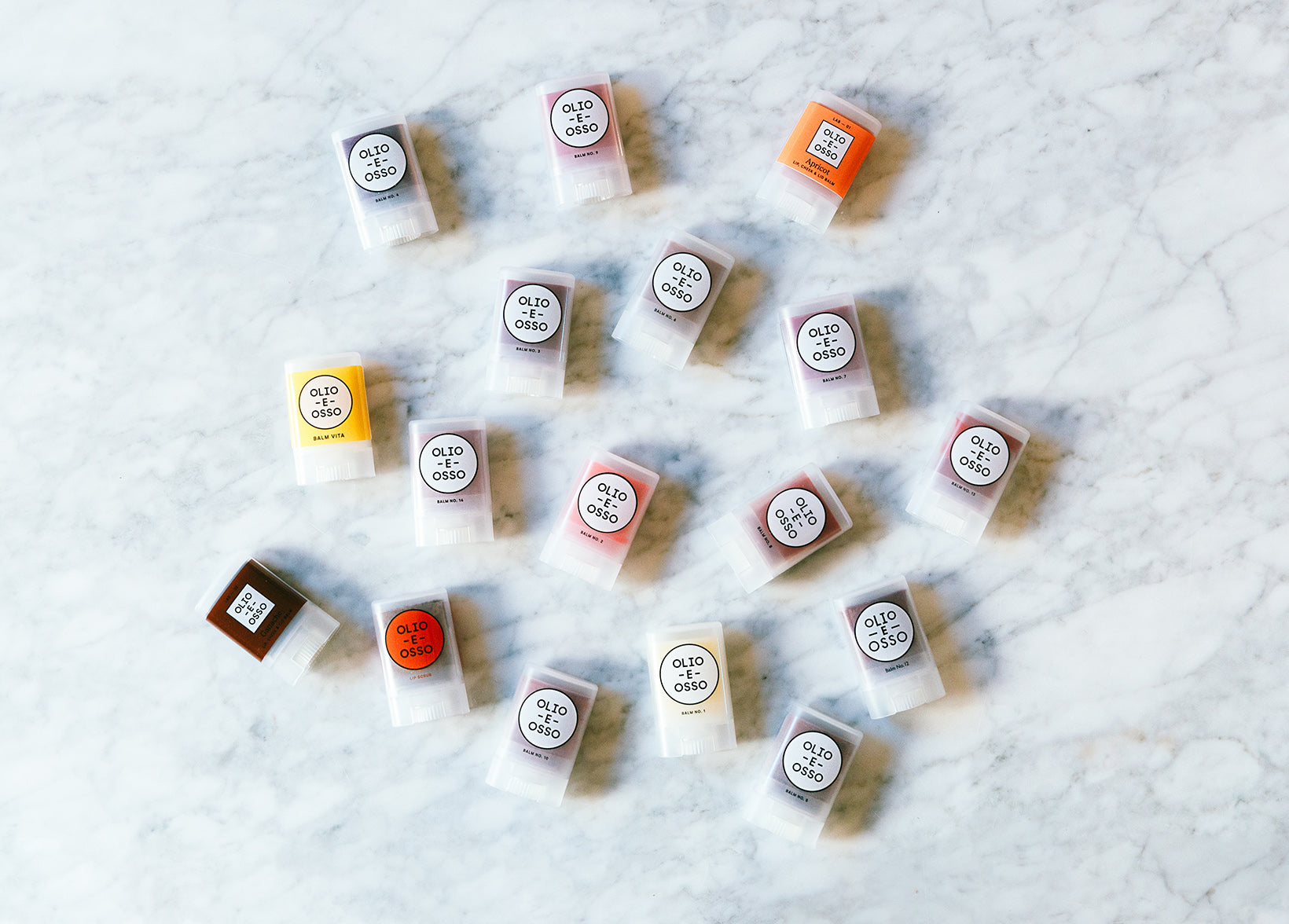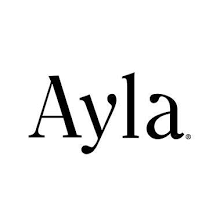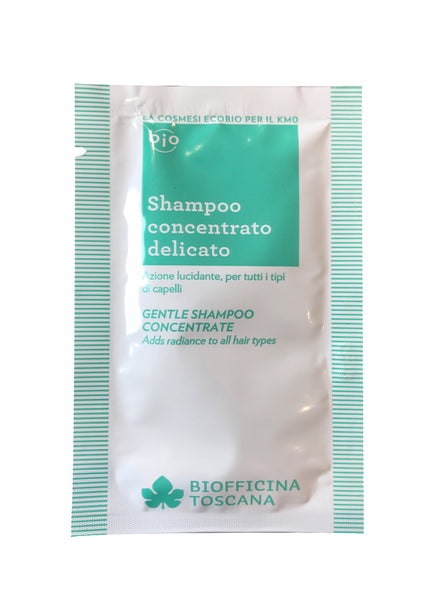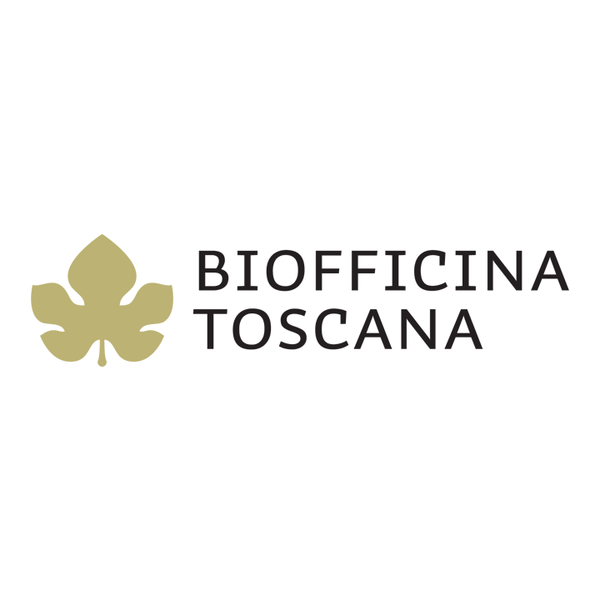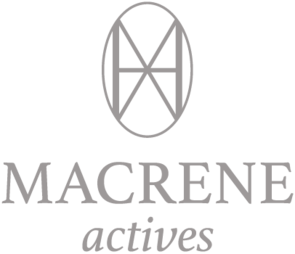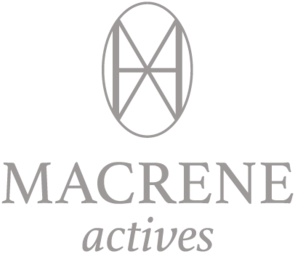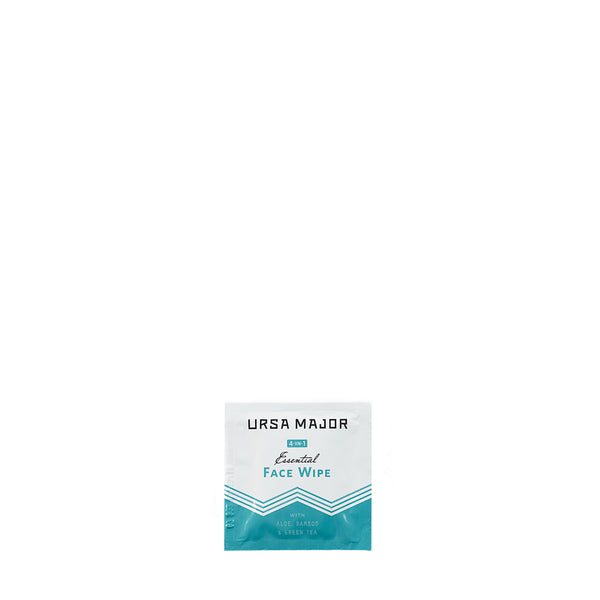Recent Articles
A perspective from Marie-Véronique Nadeau, formulator & founder of Marie Veronique
When Dara first heard from the Marie Veronique team that they were working on a retinol to rival prescription Retin-A, she literally cheered with her hands in the air. It was exactly what she was hoping they’d been working on. Multi-Retinol Night Emulsion warrants all of that excitement — we are thrilled to have this product on our shelves. To find out why Marie herself loves it so much, check out her musings below.
***
Dara: Why do you like Multi-Retinol Night Emulsion so much?
MARIE:
I see research with retinol, aka Vitamin A, as a journey that our company has embarked on, with the purpose of getting more out of it in terms of effective products than other skin care companies have done.
We accept that it’s a long journey and we’ve only just begun, but we’re excited because the elephant-in-the-room in the skin care industry is that, while retinol is absolutely the gold standard in age delay skin care (mainly because it alters senescent cell signaling), in most products there is not enough active retinol to deliver real results.
This is because the active ingredient is very sensitive to oxygen and light, and even temperature and pH swings. One works with retinol in the lab under special conditions — no oxygen (everything is done under a hood), temperature controlled, and so on. The retinol produced in this fashion, with controls in place, and added stabilizers, lasts for months. But think about the retinol in your average serum — is there enough non-degraded material in there to be doing the job you expect of it?
Avoiding the high probability of a product receiving a failing grade with respect to efficacy would seem to explain the reasoning behind adding ever-higher concentrations of retinol to products. If you can’t control the factors in your environment or medium that degrade retinol (oxygen, light, pH), that is, if you can’t stabilize it, then why not just add more of it? Doesn’t more give you more? If you don’t want to stick someone with a stale cupcake, don’t wrap it up, just bake a bigger cupcake!
While this logic works to some extent with cake, though it’s rather wasteful, in the case of retinol it isn’t just wasteful, it can be counterproductive. Without careful controls it is possible to end up with a retinoid preparation that has degraded into a variety of potentially harmful compounds, including reactive oxygen species (ROS). In that case the “more” approach of adding more active turns in the direction of doing more harm (increasing ROS content) than good, which is clearly not the desired outcome. One of the musts in formulation is careful, well-thought out chemistry, especially when it comes to retinoid products.
In the part of the skin care world we inhabit we like to think science is queen, logic is king, and you can always come up with some rules of the road that avoid crashing vehicles into ditches.
For us, the retinol ABC’s are: A) you want to use either retinoic acid or trans-retinol that converts to retinoic acid for its age-delay, acne control benefits; B) trans-retinol is preferred because it is less irritating and more people can use it, therefore; C) since trans-retinol (the preferred) is very vulnerable to certain conditions that are unavoidable during the manufacturing process of the serum or cream, you have to stabilize it.
Multi-Retinol Night Emulsion exemplifies our approach to the critical issue of stabilization. First, the trans retinol in it is encapsulated, which lengthens its life span in the acidic medium which is destined to be its final home.
Combining bakuchiol with retinol is one of the company’s breakthrough moments I am proud of. Bakuchiol exhibits similar properties to retinol, working along different biological pathways, but it is very interesting in another respect that has been for the most part overlooked. Not only does bakuchiol deliver many retinol-type benefits, it also deserves recognition as being the ideal complement to retinol in a formulation. Its inherent stability, as well as its stabilizing effect on retinol itself, combine to make it a perfect retinol optimizer. Putting retinol and bakuchiol together in a formula is safer and more defensible methodologically than continually increasing retinol concentrations. It’s win-win, on so many levels.
We give you the best from both lab and nature with another ingredient from nature’s storehouse in the form of the long-chain retinyl esters found in retinyl sunflowerseedate. These are more stable than retinol, and in addition they provide retinol-like benefits such as increased skin cell deposition at the epidermal level.
Even though retinol has been around for quite a while now real research continues to lag, and we’re still in the early learning stages. Retinol is fascinating; it’s significantly more complex than we thought so there will be some surprises in store. That’s what gets me out of bed in the morning.
As for going to bed at night, well, we smooth the way with Multi-Retinol Night Emulsion. Thanks to good science and clever stabilization techniques, we can now have our cake and eat it, too.
**
For a great overview on retinol, prescription Retin-A, and other retinoids, check out our interview with dermatologist Seth Matarasso, MD.


